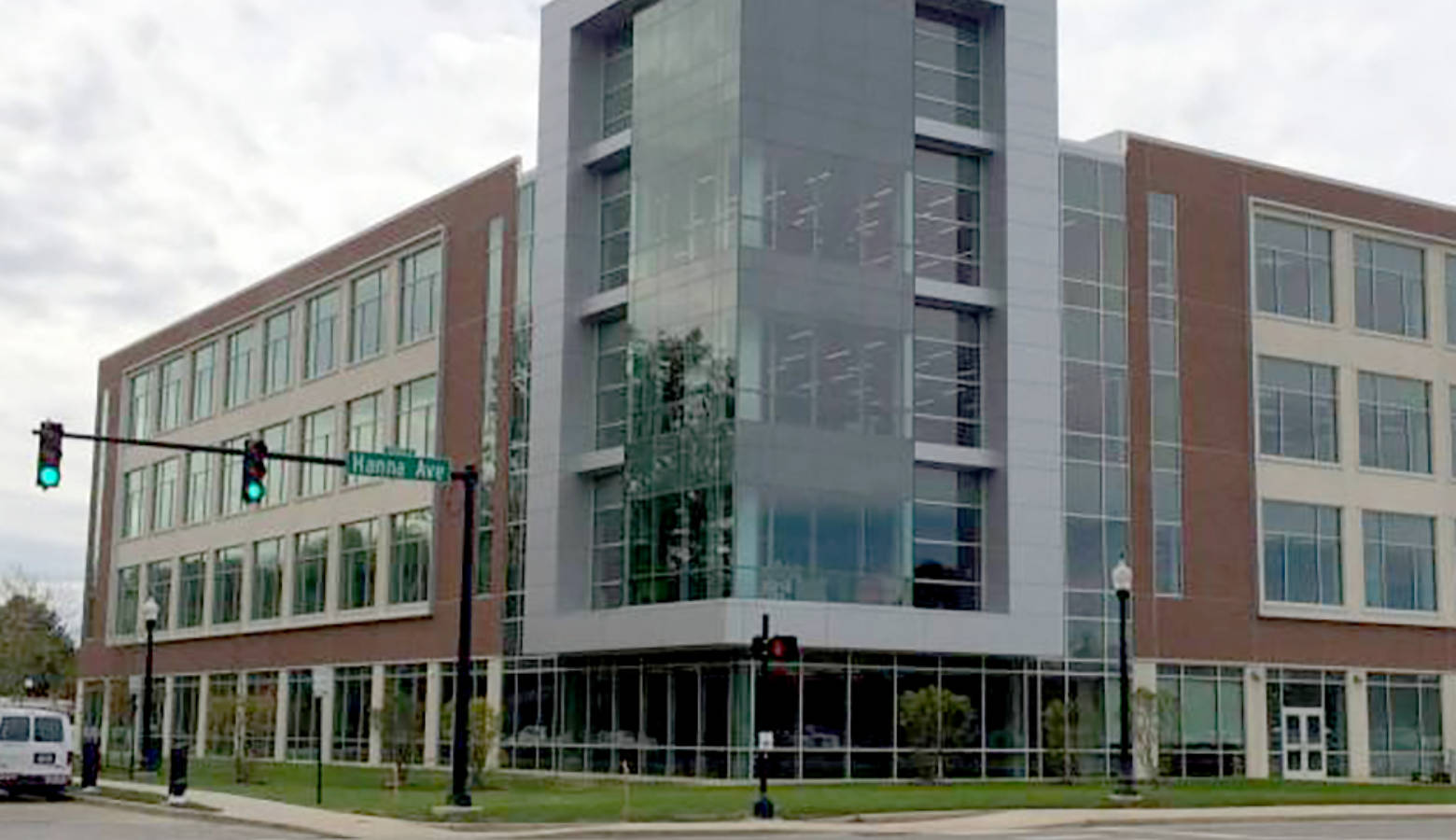UIndy Study To Analyze Emotional Regulation, Teen Addiction

During her research on youth behavioral health, University of Indianapolis assistant professor Katherine Kivisto was struck by a connection she was seeing.
“What I was seeing was kids that had a really hard time with self-regulating their emotions and tolerating especially distressing feelings they would turn to substances as a way of coping,” Kivisto says.
The University of Indianapolis’s first study to be funded by the National Institute of Health will work to understand how emotion regulation is connected to teen addiction.
Kivisto’s research project will focus on this “distress intolerance” or the inability to cope with negative emotions and situations and is one of the first to examine the condition in adolescents. Kivisto says they can be more at risk for things like addiction.
“We know at the biological level teenagers are more reactive to negative emotions or results than adults or even children,” Kivisto says.
According to the Department of Health and Human Services, 3 percent of Hoosier teens reported they needed treatment for alcohol or illegal drugs and didn’t receive it in 2013-2014.
Kivisto says younger teens who abuse drugs are more at risk.
“Those kids that start earlier – like 12, 13 or 14 year-olds – those kids are the ones that are more likely to struggle for the rest of their lives,” Kivisto says.
The university is partnering with Fairbanks Alcohol and Drug Addiction Treatment Center to recruit around 135 adolescents for the study planned over the next three years.

